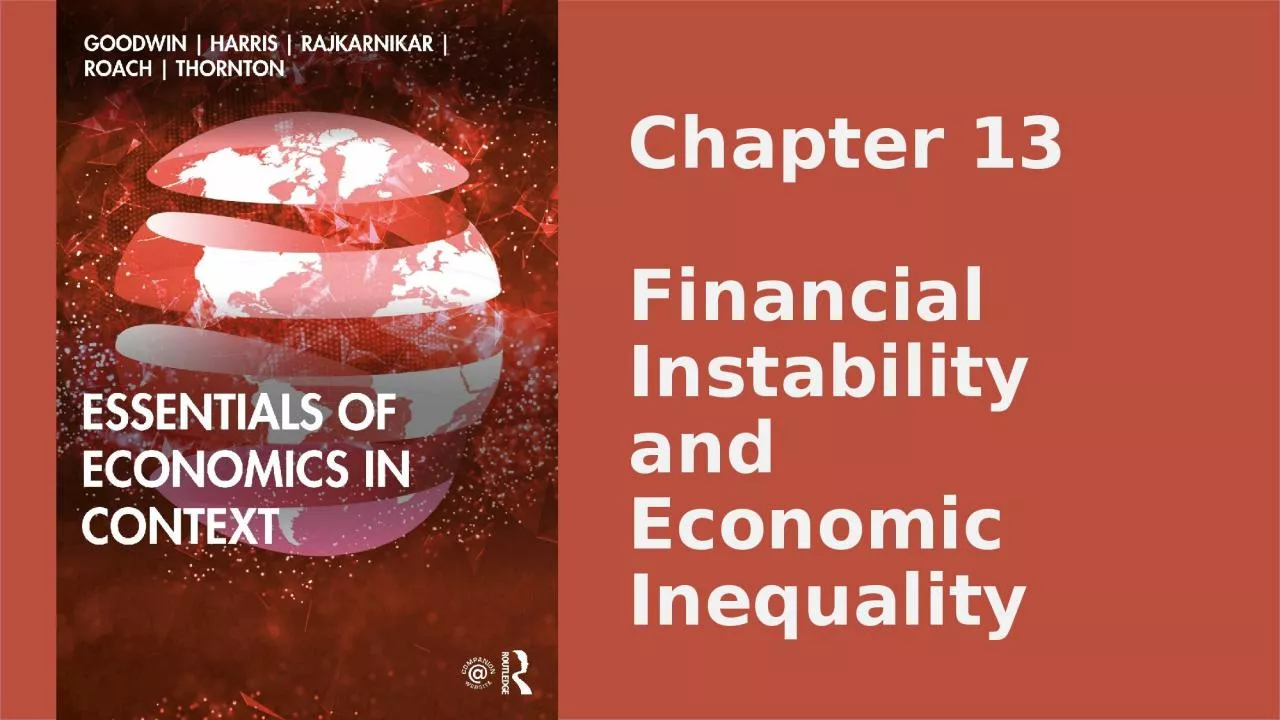

Figure 131 Housing Bubble and Credit Access 1975 2019 Sources Federal Reserve Shiller dataset wwweconyaleedu shiller datahtm Figure 132 a Traditional Mortgage Lending Structure ID: 1029710
Download Presentation The PPT/PDF document "Chapter 13 Financial Instability and Eco..." is the property of its rightful owner. Permission is granted to download and print the materials on this web site for personal, non-commercial use only, and to display it on your personal computer provided you do not modify the materials and that you retain all copyright notices contained in the materials. By downloading content from our website, you accept the terms of this agreement.
1. Chapter 13Financial Instability and Economic Inequality
2. Figure 13.1 Housing Bubble and Credit Access, 1975 – 2019Sources: Federal Reserve; Shiller dataset www.econ.yale.edu/~shiller/data.htm.
3. Figure 13.2 (a) Traditional Mortgage Lending Structure
4. Figure 13.2 (b) Basic Structure of Securitized Mortgage Lending System
5. Figure 13.3 Vicious Cycle of Unemployment
6. Figure 13.4 GDP per capita Growth Rates, 1999-2018 Source: World Development Indicators, World Bank
7. Figure 13.5 Increasing Bank SizeSource: Federal Deposit Insurance Corporation
8. Figure 13.6 Finance as a Share of the Economy and Financial Profits as a Percentage of Corporate ProfitsSource: U.S. Bureau of Economic Analysis, National Income and Product Accounts, Tables 6.2A-6.2D, and Thomas Piketty, Emmanuel Saez, and Gabriel Zucman. “Distributional National Accounts: Methods and Estimates for the United States,” Appendix tables II: Distributional series, National Bureau of Economic Research Working Paper Series, Working Paper 22945, December 2016.
9. Table 13.1 Household Income Distribution in the United States, 2018Source: U.S. Census Bureau, Historical Income Tables: Households, Tables H-1 and H-2.
10. Figure 13.7 Gini Coefficient in the United States, 1967-2018Source: U.S. Census Bureau, Historical Income Tables: Households, Table H-4.
11. Figure 13.8 Median Household Income (2018) and Median Value of Household Assets (2016) in the United States by RaceSource: Bernadette D. Proctor, Jessica L. Semega, and Melissa A. Kollar. 2016, “Income and Poverty in the United States: 2015.” Current Population Reports, U.S. Census Bureau, September 2016. Table 1; U.S. Census Bureau, 2019.
12. Figure 13.9 Annual Growth Rates of Wages and Salaries and Corporate ProfitSource: U.S. Bureau of Economic Analysis (2017) National Income and Product Accounts, Table 1.14, 1.1.4; Bureau of Labor Statistics (2017).
13. Figure 13.10 Union Membership and Income Inequality, 1917 – 2017
14. Figure 13.11 Financialization and Inequality, 1929-2014Source: U.S. Bureau of Economic Analysis, National Income and Product Accounts, Tables 6.2A-6.2D, BEA; Thomas Piketty, Emmanuel Saez, and Gabriel Zucman. 2016. “Distributional National Accounts: Methods and Estimates for the United States.” National Bureau of Economic Research Working Paper Series, Working Paper 22945, December 2016.
15. Figure 13.12 Change in Tax Rates by Income GroupSource: Thomas, Piketty, Emmanuel Saez, and Gabriel Zucman. 2016. “Distributional National Accounts: Methods and Estimates for the United States.” National Bureau of Economic Research Working Paper Series, Working Paper 22945, December 2016.